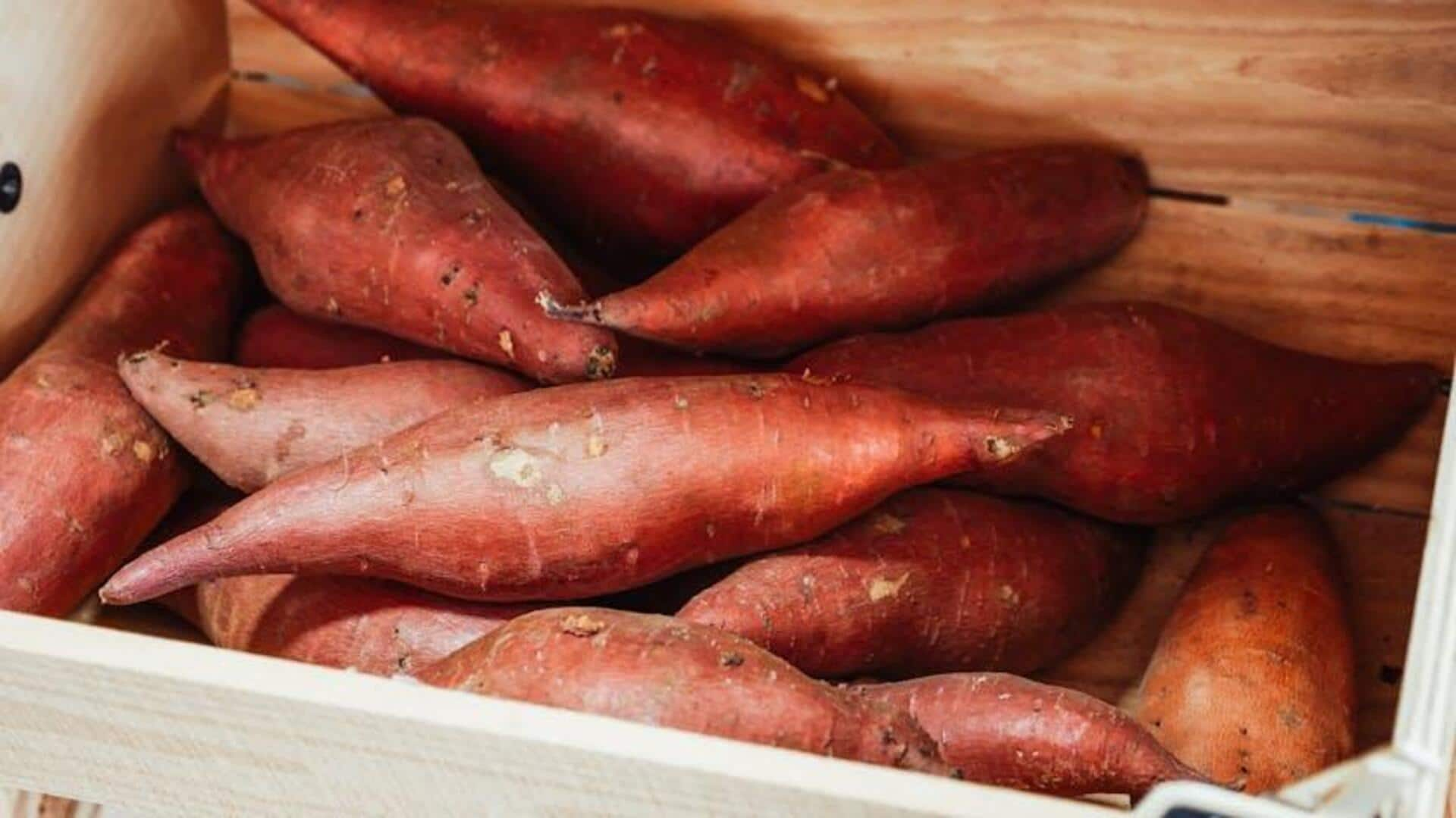
5 tubers that deserve a spot in your diet
What's the story
West Africa is known for a range of tubers which not only serve as local staples but also provide unique flavors and textures to experiment with. These tubers can be used in a range of dishes, adding nutritional value and an array of tastes to the table. From the famed yam to the not-so-famous cocoyam, these tubers are worth trying in your kitchen for their versatility and health benefits.
Drive 1
Yam: A versatile staple
One of the most popular tubers in West Africa, yam is extremely versatile. It can be boiled, fried, or pounded into a smooth paste known as fufu. Rich in carbohydrates, yams provide a good source of energy. They also have vitamins C and B6, as well as potassium and manganese. This makes them not just a staple, but also a nutritious part of any meal.
Drive 2
Cassava: The gluten-free option
Another widely consumed tuber in West Africa is cassava. Usually processed into flour or starch, cassava makes a great gluten-free substitute for baking and cooking. Cassava is rich in carbohydrates but low in protein and fat. It contains vitamin C, thiamine, riboflavin and niacin. Its mild flavor makes it suitable for sweet and savory dishes alike.
Drive 3
Cocoyam: The nutritious choice
Cocoyam has a slightly nutty flavor along with a creamy texture when cooked. Since it is starchy, it is often used as a thickening agent in soups or stews. Cocoyams are packed with dietary fiber which helps digestion while providing essential nutrients like vitamin E, potassium, magnesium, iron and zinc, making them good for overall health.
Drive 4
Sweet potato: The sweet alternative
Sweet potatoes not only add natural sweetness to your meals but also add a pop of color with their bright orange hue (thanks to beta-carotene which converts to vitamin A in our bodies). They're rich in antioxidants, fiber, and crucial vitamins like B6, C, and D. You can roast, bake, fry, or mash sweet potatoes, giving you endless opportunities in your kitchen.
Drive 5
Taro root: An exotic addition
Taro root is cultivated in many regions, including West Africa, where it is valued for its unique taste. It has white flesh speckled with purple flecks, giving it an exotic appearance. Taro is typically boiled and then mashed, fried, baked, or added to soups. It is rich in dietary fiber and essential minerals like calcium, potassium, and phosphorus, along with a small amount of protein—making it a nutritious addition to regular meals.